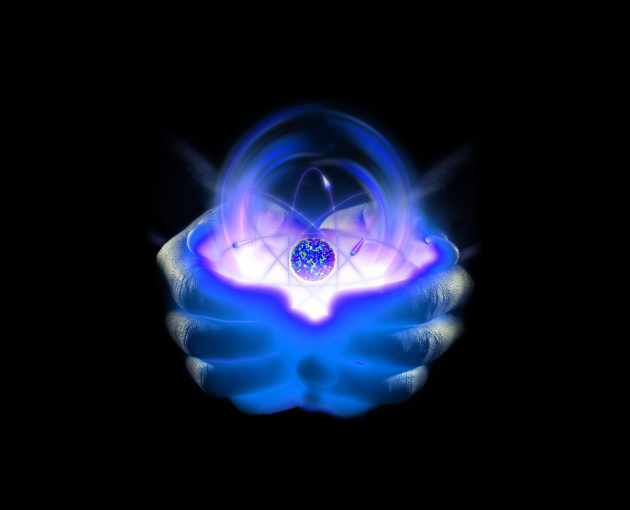BBC reports on the launch of the unmanned rocket, the SpaceX Falcon 9, scheduled this morning for 4:55 EDT (in about 50 minutes from the time of this post):
California's SpaceX company is ready to make history by sending a capsule containing half a tonne of supplies to the space station.
It will be the first time the private sector has provided such a service.
The task is usually performed by the vehicles belonging to government space agencies, such as Nasa and Esa.
The unmanned Dragon cargo ship is due to launch atop SpaceX's own Falcon 9 rocket from Cape Canaveral Air Force Station in Florida.
Controllers are targeting a time of 04:55 EDT (08:55 GMT; 09:55 BST), and despite some storms in the area in recent days, the mission team should get favourable weather conditions.
"There's no question - this is a historic flight," said SpaceX president Gwynne Shotwell on the eve of the mission.
"There've been only four nations, or groups of nations, that have berthed or docked a spacecraft to the International Space Station: Europe, Russia, the United States of course, and Japan. So, we really stand in awe at having the opportunity to attempt this."
See another report at Wired and my earlier posts here and here. This test flight is known as the Commercial Orbital Transportation Services (COTS) Demo Flight 2, and its official emblem is below (the four-leafed clover is a nice added touch).
Image Source: Wiki.
The goal of the mission is to have the Falcon 9, with its unmanned Dragon crew vessel dock at the International Space Station with the help of the Canadarm2 and bring supplies to the ISS once it is docked. It will also bring Earth-bound cargo back home.
Artist's rendition of the expected manoeuvre whereby the Canadarm2 helps the Dragon dock at the ISS. Image Source: NASA (2008) via Wiki.
Hobby Space provides links to the live streams of this event online:
Addendum (6:45 a.m., 19 May 2012): Due to problem with the fifth engine, the launch was cancelled and will be rescheduled to May 22 or 23.Countdown is proceeding for the launch of the SpaceX Falcon 9/Dragon at 4:55 a.m. EDT (0855 GMT).
Latest updates are available at Dragon Mission Report | Mission Status Center - Spaceflight Now.
Spaceflight Now also has this Q&A with Elon Musk, a gallery of photos of the Falcon 9/Dragon rolling to the launch pad, and a gallery of photos of F9/Dragon on the pad at Complex 40.===
Other sites with coverage, webcasts, etc. :/-- NASA TV - starts at 3:30 am EDT/-- SpaceX webcast starts at 4:15 am EDT (8:15 GMT)/-- Florida Today offers coverage starting at 3:30 AM EDT.===
Here is the Spaceflight Now webcast:


























